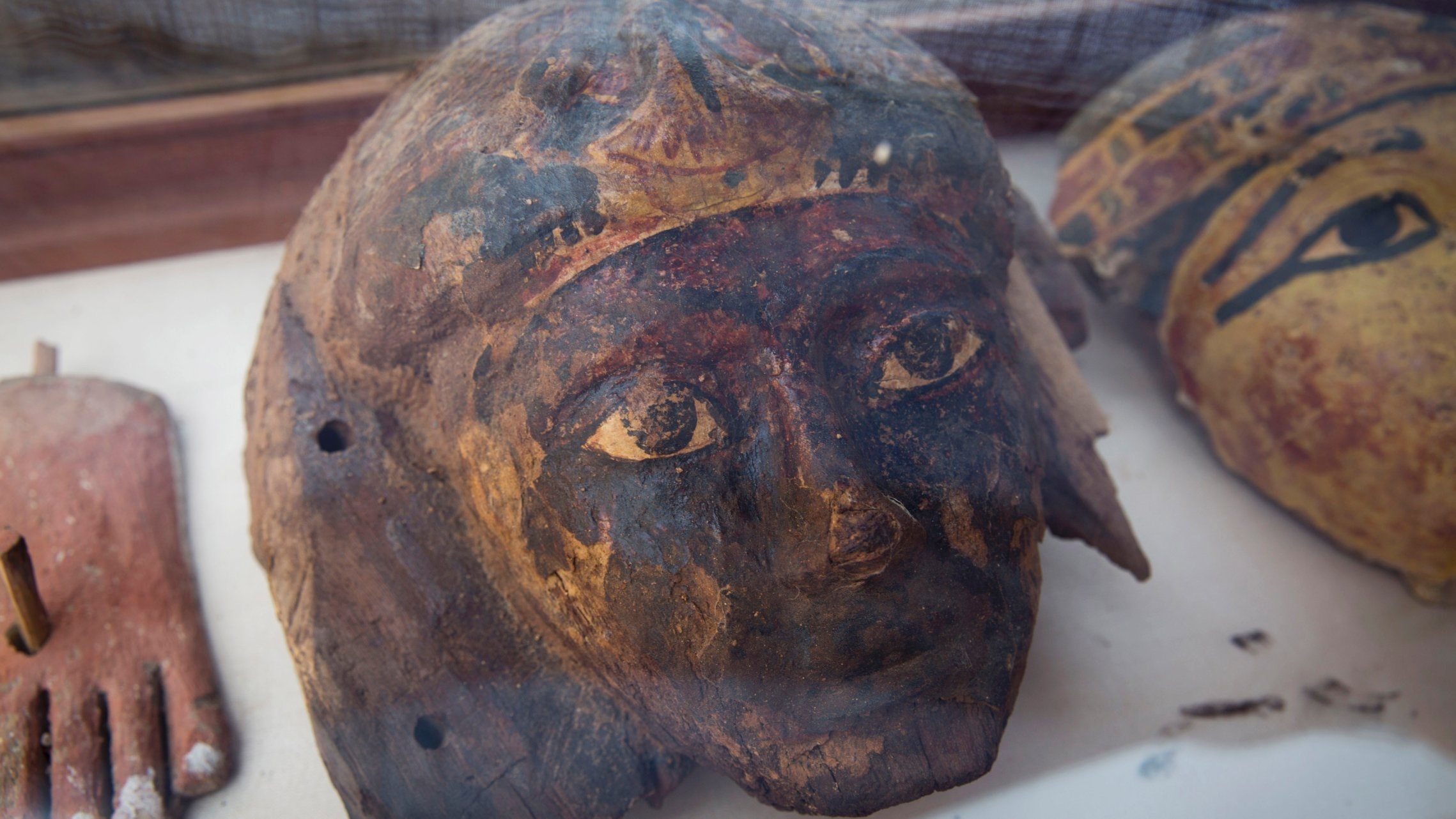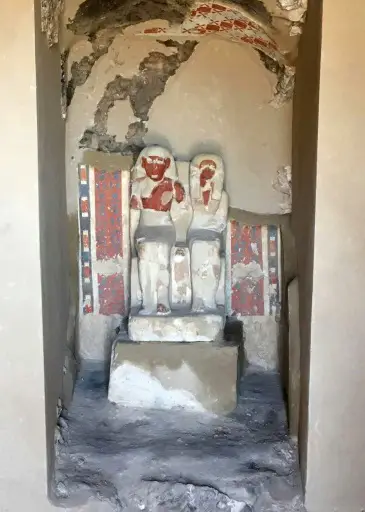|
Egyptian Goldsmith's Tomb Found 3,500 Years Later
September 10, 2017
Archaeologists have found the tomb of a goldsmith who plied his trade 3,500 years ago. The main chamber of the tomb housed statues of the couple and one of their sons. Found elsewhere inside the tomb were wooden coffins, a funerary mask, some pottery, and a few mummies. Also found was a collection of jewelry and a series of a kind of mummy-shaped figurine known as shabti, which the ancient Egyptians believed did the work of a person in the afterlife. Excavations in the area are continuing. The same team of archaeologists found the tomb of a judge in about the same area in April. The team expect more finds in the coming weeks. Another team found another goldsmith's tomb earlier in 2017, in what is now Sudan. |
Social Studies for Kids |
Social Studies for Kids
copyright 2002–2019
David White



 The tomb was made for a man named Amenemhat and for his wife, Amenhotep, who lived in and around Luxor in the 15th Century B.C., during the 18th Dynasty. Among the pharaohs ruling during that dynasty were Thutmose I, Thutmose II, Thutmose III, Amenhotep II, and
The tomb was made for a man named Amenemhat and for his wife, Amenhotep, who lived in and around Luxor in the 15th Century B.C., during the 18th Dynasty. Among the pharaohs ruling during that dynasty were Thutmose I, Thutmose II, Thutmose III, Amenhotep II, and  The archaeologists found the tomb in a necropolis named Draa Abul-Naga, near the Valley of the Kings. The tomb was reused during the 11th and 10th Centuries B.C., archaeologists said.
The archaeologists found the tomb in a necropolis named Draa Abul-Naga, near the Valley of the Kings. The tomb was reused during the 11th and 10th Centuries B.C., archaeologists said.
